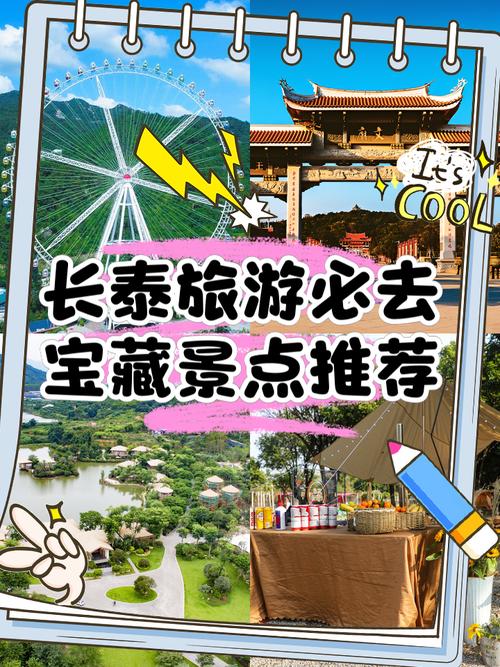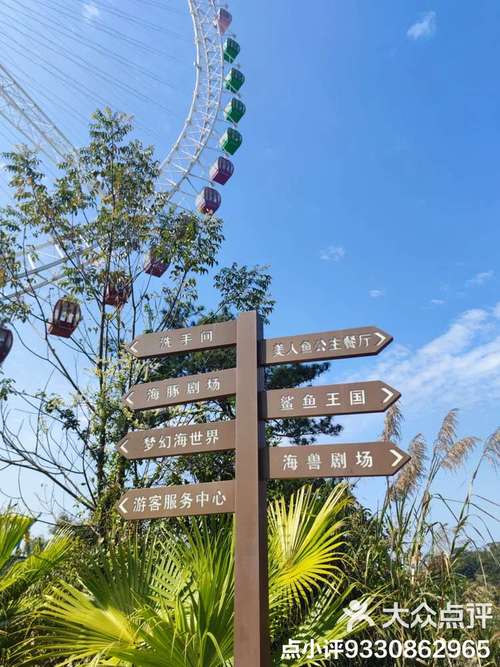需要特别说明的是,门票价格并非一成不变,会因节假日、活动、线上预订优惠等因素有所浮动,以下价格信息仅供参考,强烈建议您在出行前通过官方渠道或可靠的旅游平台(如携程、美团、飞猪等)查询最新的票价和预订优惠。

(图片来源网络,侵删)
长泰旅游必去十大景点门票信息
天柱山国家森林公园
- 景点特色: 国家级森林公园,以其独特的花岗岩地貌和“闽南第一峰”的美誉而闻名,山势险峻,怪石嶙峋,云雾缭绕,是登山、徒步、观日出和俯瞰壮丽云海的好去处。
- 门票价格: 约 ¥30 - ¥50 / 人
- 开放时间: 通常为 08:00 - 17:30
- 温馨提示: 山路较陡,建议穿舒适的运动鞋,山顶有寺庙,可顺道参观。
山重村(古山重)
- 景点特色: 一个充满诗意的田园古村落,被誉为“福建的桃花源”,这里有万亩花海(春季油菜花、夏季向日葵)、秀丽的溪流、古老的马洋溪和千年古榕树,是体验闽南乡村慢生活和摄影的绝佳地点。
- 门票价格: 免费(进入村庄免费),若要进入特定景点如“山重古厝群”、“古代昭灵宫”等,可能需要单独购买联票,约 ¥50 - ¥80 / 人。
- 开放时间: 全天开放,各景点开放时间不一。
- 温馨提示: 花卉盛开季节(2-4月)是最佳游览时间,此时游客较多。
马洋溪生态旅游区
- 景点特色: 以漂流而闻名全国,有“福建第一漂”之称,除了漂流,这里还有皮划艇、户外拓展等多种水上和陆地项目,是夏日玩水的天堂。
- 门票价格:
- 漂流门票: 约 ¥168 - ¥258 / 人(价格因河道、季节和是否含午餐而异)。
- 其他项目: 如皮划艇等,价格另计。
- 开放时间: 漂流通常为 09:00 - 16:30(具体视水量和天气而定)。
- 温馨提示: 夏季是漂流旺季,务必提前预订,漂流有一定危险性,请听从工作人员指导。
天成山
- 景点特色: 与天柱山齐名,是长泰另一座名山,以“石”著称,拥有众多奇特的岩石景观,如“石猪槽”、“风动石”等,山势相对平缓,适合家庭出游和休闲徒步。
- 门票价格: 约 ¥20 - ¥40 / 人
- 开放时间: 通常为 08:00 - 17:30
- 温馨提示: 山上步道修得很好,沿途有休息亭,适合各年龄段游客。
寻梦谷瀑布群
- 景点特色: 一处隐藏在山谷中的天然瀑布群,由三叠瀑布、五叠瀑布等组成,空气清新,负氧离子含量高,是夏日避暑、戏水和吸氧洗肺的好地方。
- 门票价格: 约 ¥30 - ¥50 / 人
- 开放时间: 通常为 08:00 - 17:00
- 温馨提示: 路途有些湿滑,需注意安全,可以带上泳衣,在瀑布下感受清凉。
后坊村
- 景点特色: 一个以“石头”为主题的特色古村落,整个村庄的房屋、道路、围墙都就地取材,用巨大的鹅卵石垒砌而成,古朴而坚固,充满了原始的生命力,是体验石头建筑文化的好去处。
- 门票价格: 免费
- 开放时间: 全天开放
- 温馨提示: 村内商业化程度不高,保留了原汁原味的乡村风貌。
长泰漂流国际旅游区
- 景点特色: 这是马洋溪漂流的另一个品牌或运营方,提供不同类型的漂流体验,如激情漂、休闲漂等,设施和服务相对成熟。
- 门票价格: 约 ¥168 - ¥268 / 人(价格因套餐和季节而异)。
- 开放时间: 通常为 09:00 - 16:30
- 温馨提示: 与马洋溪漂流类似,请提前预订并做好防晒和防水的准备。
十里蓝山
- 景点特色: 这是一个集观光、住宿、餐饮于一体的综合性旅游度假区,最著名的是这里的“天空之境”玻璃观景台和万亩的“玛琪雅朵花海”,视野开阔,景色壮观,是网红打卡地。
- 门票价格: 约 ¥60 - ¥90 / 人(通常包含天空之境、花海、城堡等核心区域)。
- 开放时间: 通常为 08:30 - 17:30
- 温馨提示: 景区内较大,建议乘坐观光车,日落时分的天空之境景色尤其迷人。
长泰文庙
- 景点特色: 供奉孔子的庙宇,是长泰县重要的文化地标,建筑风格古朴典雅,环境清幽,是了解闽南儒家文化和地方历史的好地方。
- 门票价格: 免费
- 开放时间: 通常为 08:00 - 17:30
- 温馨提示: 作为文化场所,请保持安静,尊重历史。
红尖山森林公园
- 景点特色: 以其壮丽的丹霞地貌和丰富的森林资源而著称,公园内有多个观景台可以俯瞰群山和云海,还有奇特的岩石景观和清澈的溪流。
- 门票价格: 约 ¥30 - ¥50 / 人
- 开放时间: 通常为 08:00 - 17:30
- 温馨提示: 开发程度不如天柱山,更偏向于原生态探险,适合喜欢挑战的游客。
总结与实用建议
- 门票预订: 强烈推荐通过 携程、美团、飞猪 等App提前预订,不仅可以锁定优惠票价,还能避免现场排队。
- 交通方式: 长泰各景点较为分散,如果不想自驾,可以考虑包车或参加当地的旅游一日游团。
- 最佳旅游时间: 春季(3-5月)和秋季(9-11月)气候最宜人,是最佳旅游季节,夏季适合玩水项目(漂流、瀑布),但需注意防晒和台风。
- 住宿选择: 如果想深度体验,可以选择住在 山重村 或 十里蓝山 的民宿,能更好地感受当地的自然风光和宁静氛围。
- 关注官方信息: 随时关注“长泰旅游”等官方公众号或网站,获取最新的活动信息和门票动态。
希望这份详细的攻略能帮助您更好地规划长泰之旅,祝您旅途愉快!

(图片来源网络,侵删)

(图片来源网络,侵删)




